Pairing Tips for Sweet Wines
When many of us think of wine and food pairings, we’re probably not thinking about sweet wines, but sweet wine pairings can be just as magical as any other pairing. Maybe even more so! Especially during the holiday season, where there’s delicious foods and desserts practically waiting around every corner.
If you aren’t exactly sure how to go about pairing the right sweet wine with the foods and desserts you’re dishing up, don’t stress. We have some helpful tips for you! Let’s start with the basics of sweet wine, which can also be referred to as dessert wine.
What is dessert wine?
Most people think of dessert wines as wines that are sweet, often enjoyed at the end of a meal with dessert or in place of dessert due to their sweetness. A more technical definition, according to U.S. statutes, is that dessert wines are wines having more than 14% alcohol, regardless of sweetness. For our purposes, however, we will use dessert wine and sweet wine interchangeably to mean the same thing.
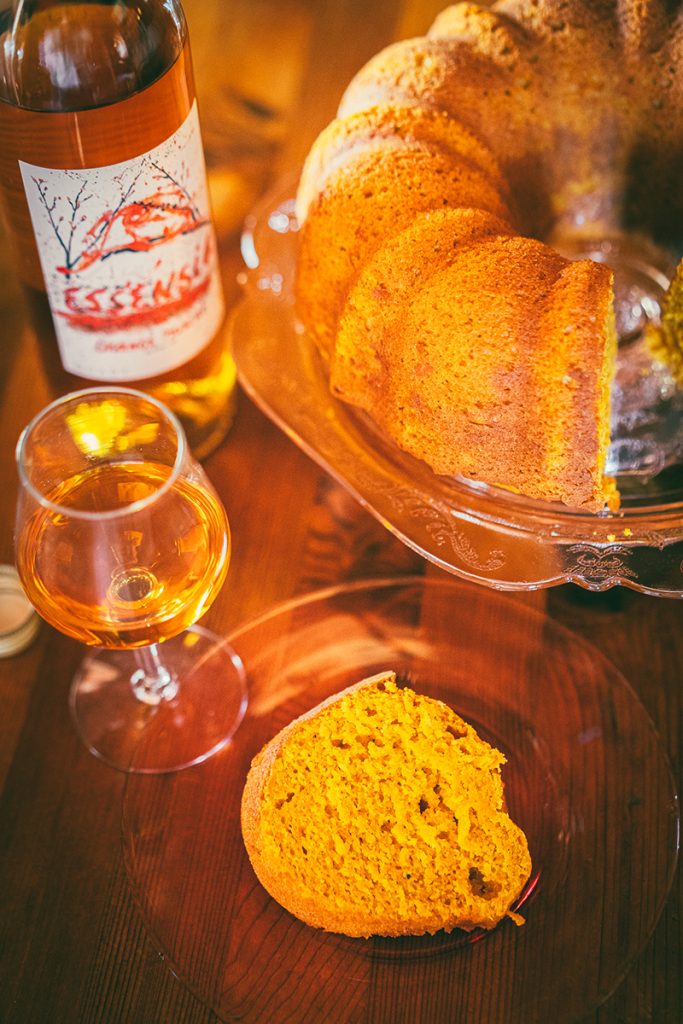
How much alcohol is in dessert wines?
Alcohol levels in dessert wines vary greatly – more than dry table wines, actually. Alcoholic content in dessert wines ranges from very low (4%) to the highest levels found in any wine: 20.5% alcohol in port wines. Sweetness levels also vary a great deal, from just noticeably sweet at 3% to extremely sweet at 20% sugar.
Why are alcohol and sweetness important in wine?
Alcohol and sweetness are important in determining how a wine feels in one’s mouth; specifically, the impressions perceived by the taste buds. Low alcohol wines taste light (soft). High alcohol wines taste heavy or full bodied (thick or hot). Sweetness interacts with the taste of alcohol. A high alcohol wine without sweetness tastes unpleasantly hot. In low alcohol wines, sweetness balanced to fruit acidity leaves a fresh fruit impression (like Quady Electra Moscatos). Low alcohol wines without sweetness will taste unpleasantly thin and tart.
Now that you have an understanding about how sweetness and alcohol can affect mouth feel and why that’s important, let’s get to the good stuff and talk about tips for pairing sweet wines.
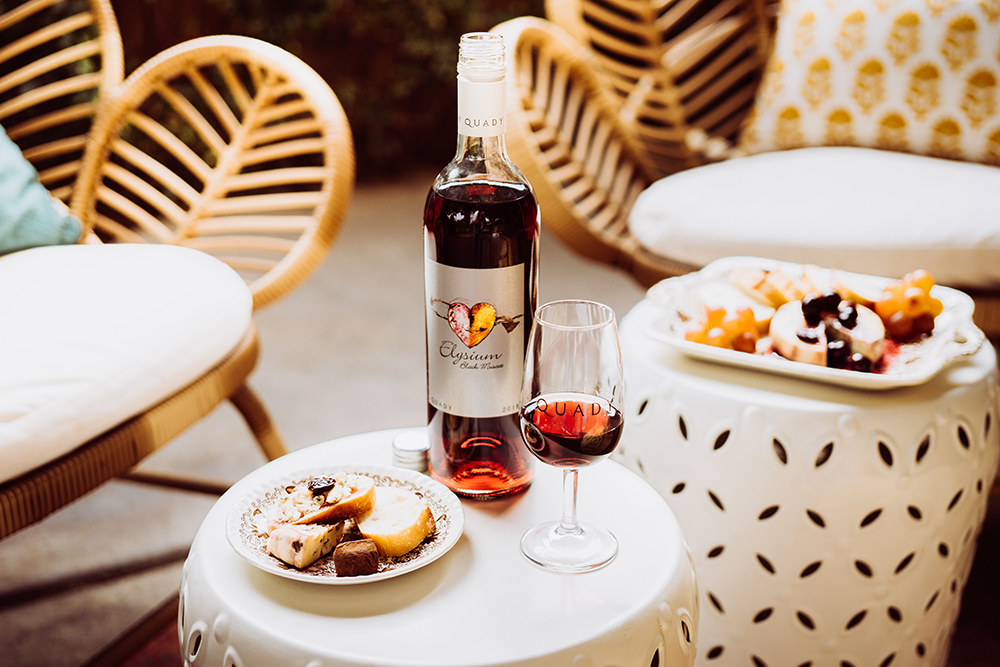
How to pair sweet wines with appetizers
Dessert wines, especially those that are medium-sweet, can make an excellent pairing with hors d’oeuvres. Meat appetizers like charcuterie or meatballs go well with medium dessert wines such as Sauternes, Barsac, Cadillac and Loupiac. Flavorful cheeses like goat cheese and gorgonzola are also excellent with Muscat dessert wines, such as Essensia Orange Muscat and Elysium Black Muscat, which feature fruit-forward flavors and aromas. For lighter appetizers, try a lighter sweet wine like Electra Moscatos, which have low alcohol and a slight spritz for a crisp, refreshing experience.
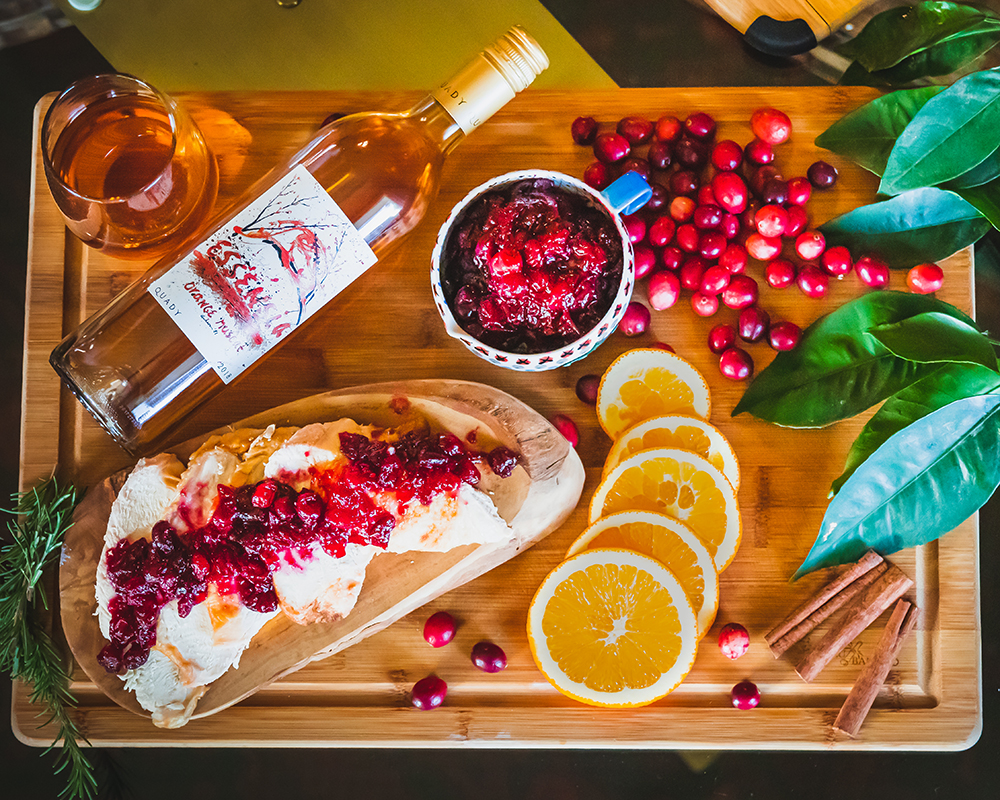
How to pair sweet wines with entrees
Most of us probably think of dry table wines when it comes to pairing with entrees, but for a special experience, why not pair sweet wines instead? Bright acidity and sweetness can do quite well when paired with salt, fat and heat in foods. Rich meals such as lobster, pork and poultry are excellent with sweet sauces, which in turn, pair quite well with dessert wines like Essensia and Elysium. For prime rib or beef, try a great white Bordeaux such as Chateau d’Yquem.
Serving a big salad with sweet dressing instead? Electra Moscato and Red Electra Moscato will make an excellent accompaniment because they are light, crisp and sweet. If blue cheese is one of your salad ingredients, sweet Sauternes, Barsac or Muscat dessert wines – especially Elysium – are a wonderful pairing with blue cheese.
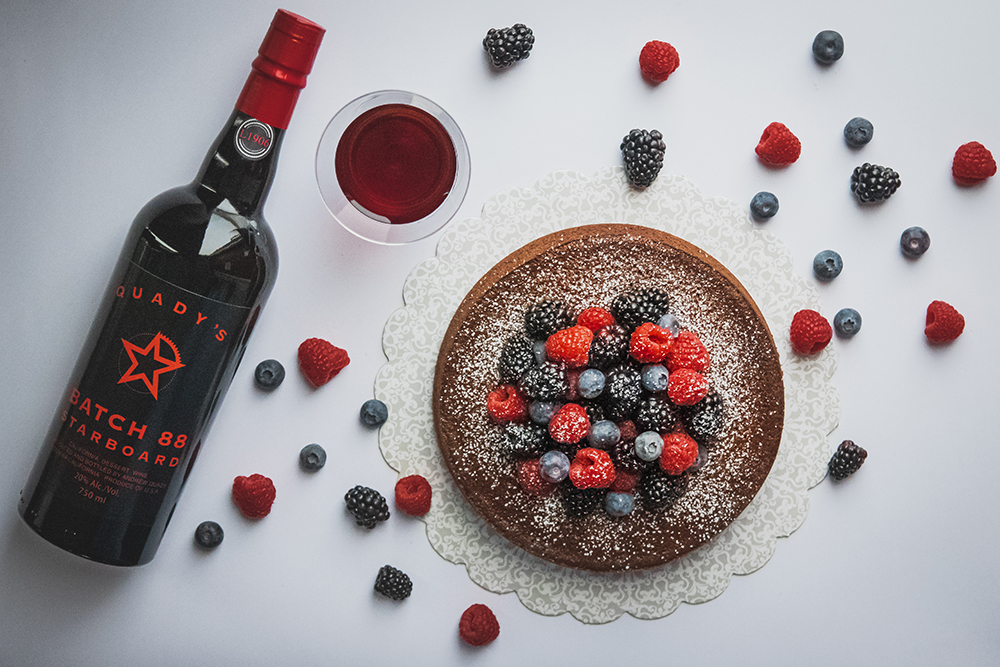
How to pair sweet wines with desserts
A good tip for pairing sweet wines with dessert is that the sweetness levels should be comparable. If you’re serving a dessert that isn’t very sweet, the wine shouldn’t be either. On the palate, when the dessert wine is less sweet than the dessert, it begins to taste dry, making for a less pleasant tasting experience. So create balance by opting for a sweeter wine if you’re serving a sweeter dessert.
Essensia Orange Muscat and Elysium Black Muscat have assertive flavors that allow them to be enjoyed with desserts that would otherwise overpower a more delicate wine. For chocolate desserts, both Essensia and Elysium make a delicious pairing, as well as Starboard Batch 88, a port-style wine with chocolate-raisin character. For fruit desserts like apple, peach or banana cream pie, Essensia is an excellent complement.
Creamy desserts such as vanilla ice cream, cheesecake or a tart topped with berries are delicious paired with Elysium’s dark berry flavors. For spiced cookies and cakes, try Deviation, an Orange Muscat wine infused with rose geranium and damiana (an herb with reputed aphrodisiac properties!); the rose and sweet & spicy citrus elements of the Orange Muscat are fantastic when paired with spiced cookies and cakes!
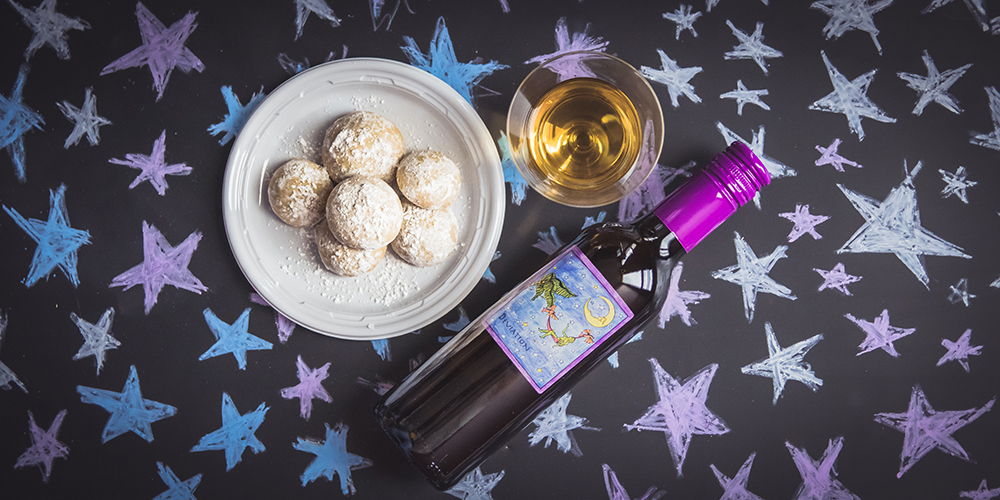
Now that you have some pairing tips for sweet wines, will you be adding sweet wine to your holiday menu? What foods will you be pairing with sweet wines? Let us know in the comments or tag us on social @quadywinery. Cheers!

